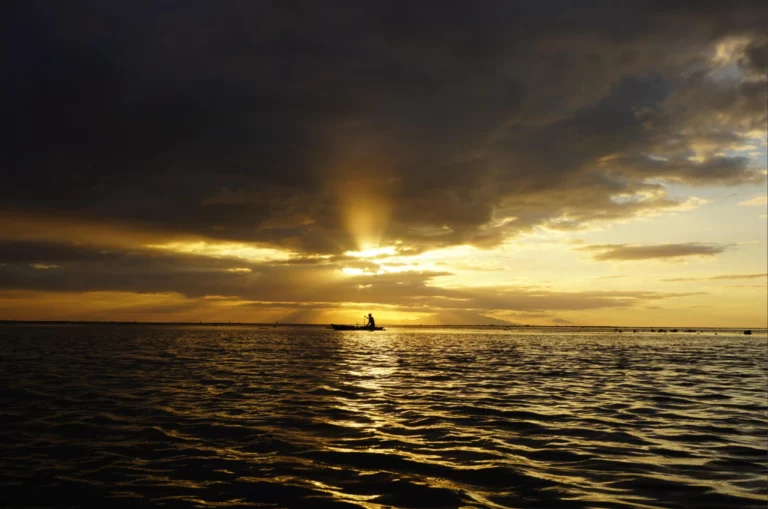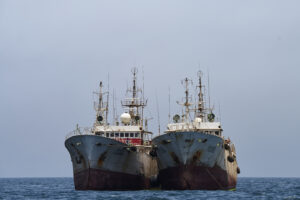Countries have agreed a landmark treaty to protect the world’s oceans that lie outside national boundaries, but many issues remain.
The High Seas Treaty is here at last, and it’s a very good thing. After two decades of on-off negotiations, and two weeks of last-ditch, round-the-clock talks, the deal is done. Our planet has a new agreement to protect and restore the vast areas of open ocean that lie beyond national waters. The treaty means countries will finally be able to designate marine protected areas on the high seas, which is a crucial step towards the “30×30” goal of safeguarding 30% of the world’s oceans by 2030. It tightens rules on deep sea mining, and it pledges new money for marine conservation. It’s hard to understate the importance of what this huge commitment means to a world facing climate and ecological breakdown. It’s the most influential ocean governance agreement of our lifetimes. It is a triumph for multilateralism, and it’s nothing short of historic.
But while there is plenty to celebrate, there is much still to do. The deal may have been hard won, but the far harder part lies in making its bold vision a reality. There is still a long way to go before ratification and further still to travel before we can see real, lasting change on the water. The treaty will first have to be formally adopted by member states, then ratified by at least 60 countries before it can enter into force.
Nations then have to figure out the tricky business of implementation. Which parts of the high seas will be protected and how much protection will they receive? How will these areas be managed, enforced and connected together? These questions are crucial. Get the answers wrong and we risk ending up with yet another wasted opportunity. After all, the world doesn’t have a great track record of meeting global environmental targets. We missed every single one of the Convention on Biological Diversity’s 20 Aichi nature protection targets. And we’re on track to fall well short of the Paris Agreement’s ambition to limit warming to 1.5 degrees. We can’t let this happen again when so much hangs in the balance. We need to hold global governments’ feet to the fire to ensure meaningful action is delivered.
And then there are the unintended consequences. The high seas are huge and vital. They cover half the planet, boast at least 270,000 species, and are home to unique and fragile habitats such as seamounts and deep-sea corals. They play a critical role in driving climate and weather, supplying oxygen and storing carbon. They’re increasingly stressed by climate change and overfishing, but until now, almost entirely unmanaged and unprotected. The treaty has the potential to turn the tide, but it must not do so at the expense of other parts of the ocean.
Coastal seas are probably the most important area of the ocean. They’re home to the planet’s most critical marine habitats. Most coral reefs. All of the seagrass. All of the mangroves. The lion’s share of life. They’re also the areas most important to people. To the 100m small-scale fishers who feed over a billion of us. For the millions living on the frontlines of climate change. And they’re the areas that face the greatest threats from overfishing, pollution and the climate emergency.
We must make sure that high seas protections don’t come at the expense of coastal seas. At the very least, this landmark agreement must be accompanied by robust fisheries management measures, and efforts to tackle illegal, unreported and unregulated fishing, to avoid displacement to coastal waters.
The interconnectedness of our ocean means we can’t simply safeguard our blue planet by offshoring our solutions. We need to redouble efforts to bring similar ambition and courage to coastal conservation. This starts with ensuring the communities who live alongside and depend on the ocean get to make the decisions about how to manage and protect them. Their lives and livelihoods are threatened like never before. But because of their local knowledge and lived experience, they are also best placed to protect nature and find ways to adapt.
We urgently need to reimagine who protects and manages coastal waters, and to make sure they have the funding and support they need to do it right now. Conservation led by communities, for communities, is the only viable pathway to the protection of our coastal seas at scale. The High Seas Treaty is a huge step forward. But let’s not forget our coastal seas. They have no time to lose. And neither do we.























